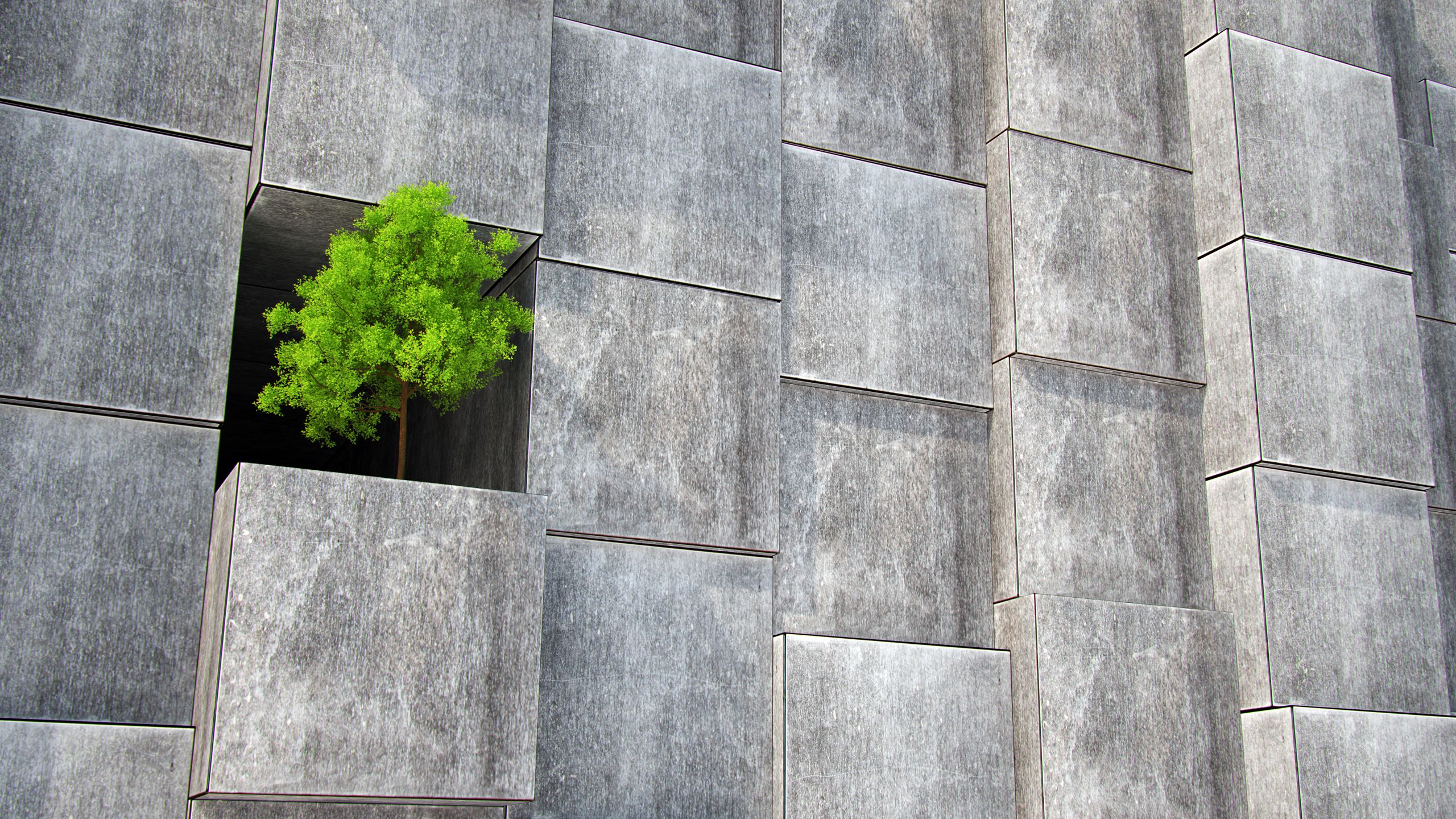High-performance graphene enhanced cement
A revolutionary innovation in low carbon manufacturing process (GR-LCM)

High-performance graphene enhanced cement
A revolutionary innovation in low carbon manufacturing process (GR-LCM)
First Graphene Ltd are exploring the application of graphene within the construction sector, looking at energy efficiency, optimising materials and improving the performance of various cement and concrete uses.
With steady growth in the UK’s cement manufacturing activities, combined with a more stringent push for energy efficiency and lower emissions in construction across the foundation industries, there is a real demand for novel solutions in this space.
Graphene has the potential to enhance the strength of concrete, alongside achieving environmental benefits from lower waste energy levels, but further studies have been required to identify the most beneficial way to apply this opportunity.
Led by First Graphene and funded through the Transforming Foundation Industries (TFI) challenge, this project undertook one of the world’s largest-scale trials, looking to address this challenge by focusing on applications of graphene in a simpler way within the cement manufacturing process rather than during end-stage construction site activity. Project partners included leading manufacturer Breedon Cement, Morgan Sindall Construction and the University of Manchester, bringing a range of expertise and insights to the production and testing of this novel concept.
“Graphene is a remarkable material, showing a real difference in results even at a concentration of less than 1% within cement,” says Paul Ladislaus, Chief Technology Officer at First Graphene. “Improving on current methods to include graphene, and to make a scalable and practical solution that the industry can engage with, has real potential to develop upskilling and economic benefits to the UK construction sector.”

“There is real potential for upskilling and job creation through novel techniques in construction, and the use of graphene to optimise the properties of concrete can change the game for the industry in the UK.”

Transforming Foundation Industries Challenge Case Study: First Graphene (Length: 2min 31secs)
To achieve this, the project focused on testing the manufacturing process to optimise the injection and dispersion of the graphene element throughout the concrete as it is produced. “We’re changing the way graphene processes are completed, making handling and injection simpler and more efficient,” adds Paul. “Being an electrochemical process, there is also the opportunity to use clean energy from the grid, particularly off-peak, therefore optimising energy savings from this new technique.” In addition to testing, a range of lifecycle analysis work was also undertaken under the project scope, looking at quantifying potential CO2 emissions reductions.
Results showed an encouraging uplift in strength within the cement material, which was optimised when effective mixing was undertaken to spread the graphene content widely throughout the cement mixture. Further opportunities for efficiency within processes were also achieved through methods to enhance the grinding and introduction of a powdered graphene product at the milling stage rather than on-site.
“Moving through processes to bring even greater efficiency through the project have been real positives for us, and the valuable backing from the TFI programme has given us the freedom to learn and develop,” Paul comments. “Demonstrating the improved strength, potential longevity, and lower carbon footprint are all significant landmarks for us as we continue to develop and test. The support from Innovate UK has given real credibility to the project’s work when we speak with the industry and support us in our push to help upskill the sector for the future.”

Transforming Foundation Industries Challenge Case Study: First Graphene (Length: 2min 31secs)
To achieve this, the project focused on testing the manufacturing process to optimise the injection and dispersion of the graphene element throughout the concrete as it is produced. “We’re changing the way graphene processes are completed, making handling and injection simpler and more efficient,” adds Paul. “Being an electrochemical process, there is also the opportunity to use clean energy from the grid, particularly off-peak, therefore optimising energy savings from this new technique.” In addition to testing, a range of lifecycle analysis work was also undertaken under the project scope, looking at quantifying potential CO2 emissions reductions.
Results showed an encouraging uplift in strength within the cement material, which was optimised when effective mixing was undertaken to spread the graphene content widely throughout the cement mixture. Further opportunities for efficiency within processes were also achieved through methods to enhance the grinding and introduction of a powdered graphene product at the milling stage rather than on-site.
“Moving through processes to bring even greater efficiency through the project have been real positives for us, and the valuable backing from the TFI programme has given us the freedom to learn and develop,” Paul comments. “Demonstrating the improved strength, potential longevity, and lower carbon footprint are all significant landmarks for us as we continue to develop and test. The support from Innovate UK has given real credibility to the project’s work when we speak with the industry and support us in our push to help upskill the sector for the future.”
